Zzyzx is the title of a catalog of photographs by German artist Thomas Schüpping, who was born in 1964 in Andernach, a small town in North Rhein Westfalen, not far from Cologne, the hometown (as Schüpping himself is keen to point out) of American poet and writer Charles Bukowski. With the latter he shares not only Andernach, but also another geographical location, the United States. “ZZYZX” refers, in fact, to the Zzyzx Road, a road almost twelve kilometers long, part paved and part rural collector’s road in the Mojave Desert.
After selling his home and honing his portable photography studio, Schüpping has been visiting and documenting desert areas of the United States in his RV since 2017. Drawn to the periphery of civilization, where traces of abandonment predominate over those of human evolution, the Mojave Desert, Death Valley, and Nevada territories, along with the city of Los Angeles are the undisputed protagonists of his photographs. Of particular interest are the photographs taken in the Mojave, of which Schüpping especially portrays the California section, where in summer temperatures reach as high as 50 degrees Celsius.
Born as a painter with a self-taught training to which he also added courses at the well-known Kunstakademie in Düsseldorf in the late 1970s and early 1980s, after a few years he decided to devote himself to photography. With this artistic medium he became internationally famous: in the 2000s (2007-2008) Thomas Schüpping moved to cosmopolitan New York to work as a fashion photographer. And it is precisely the combination of fashion and photography that grants him a different look at the beauty of the landscape, even when “beautiful” means loneliness and absence.
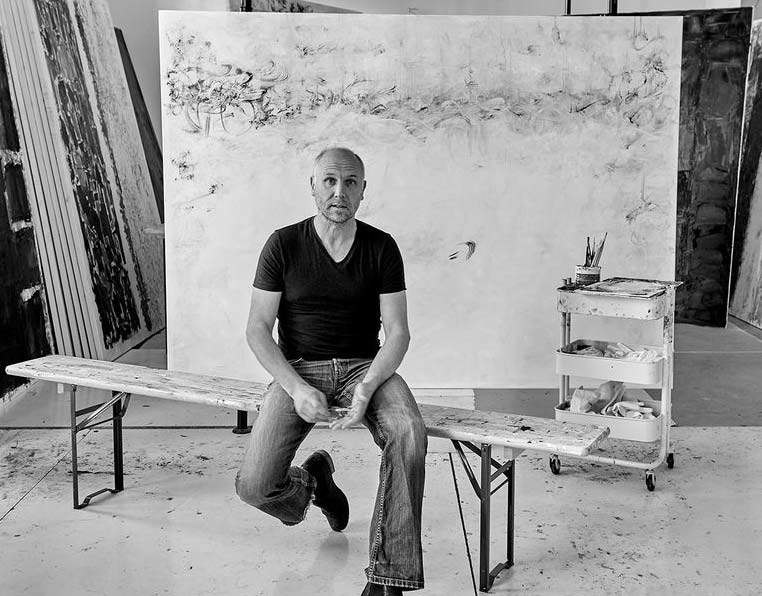
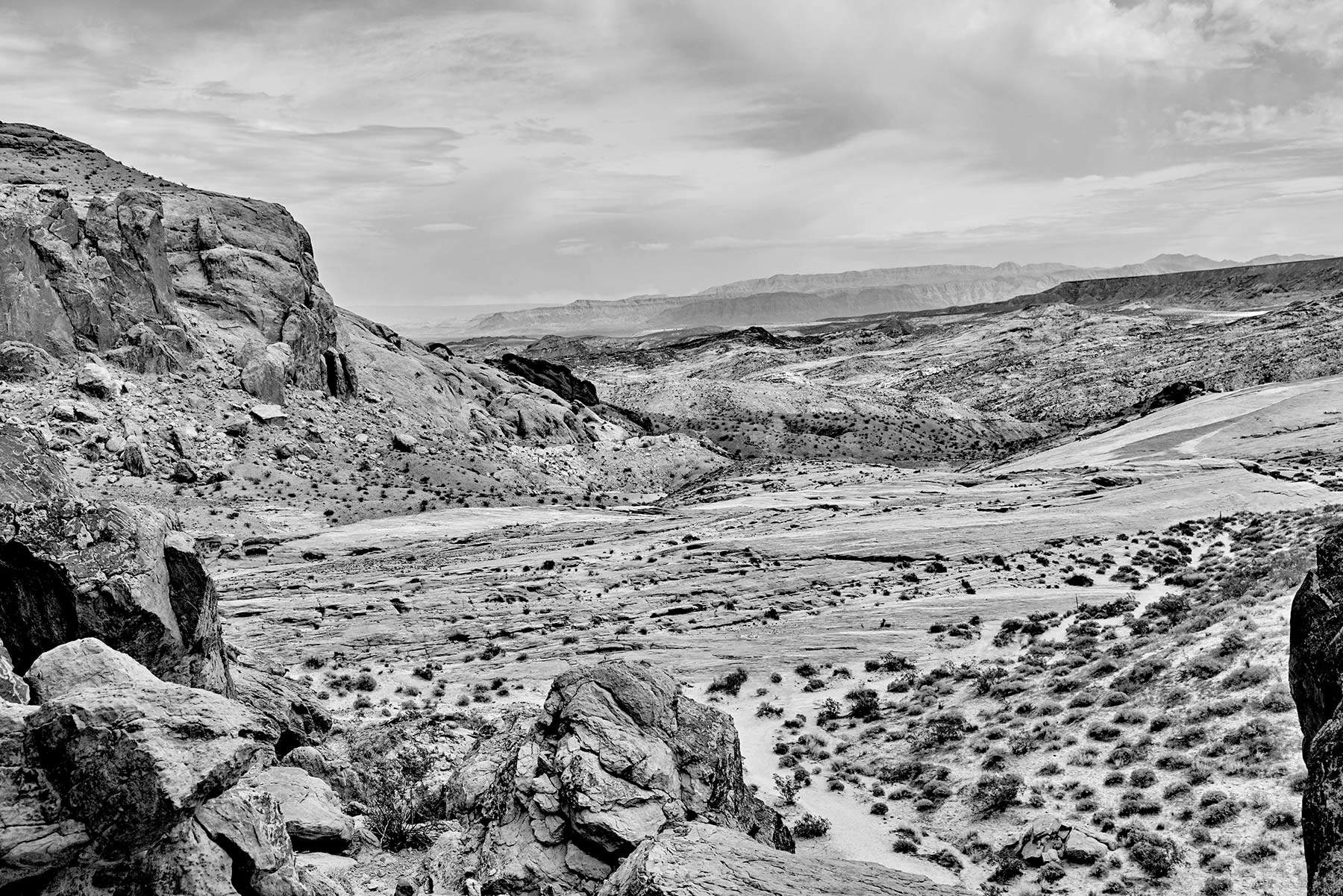
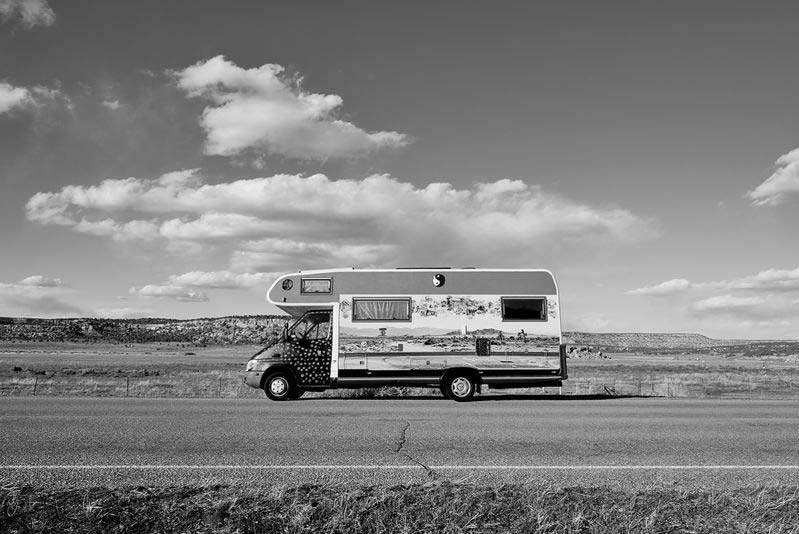
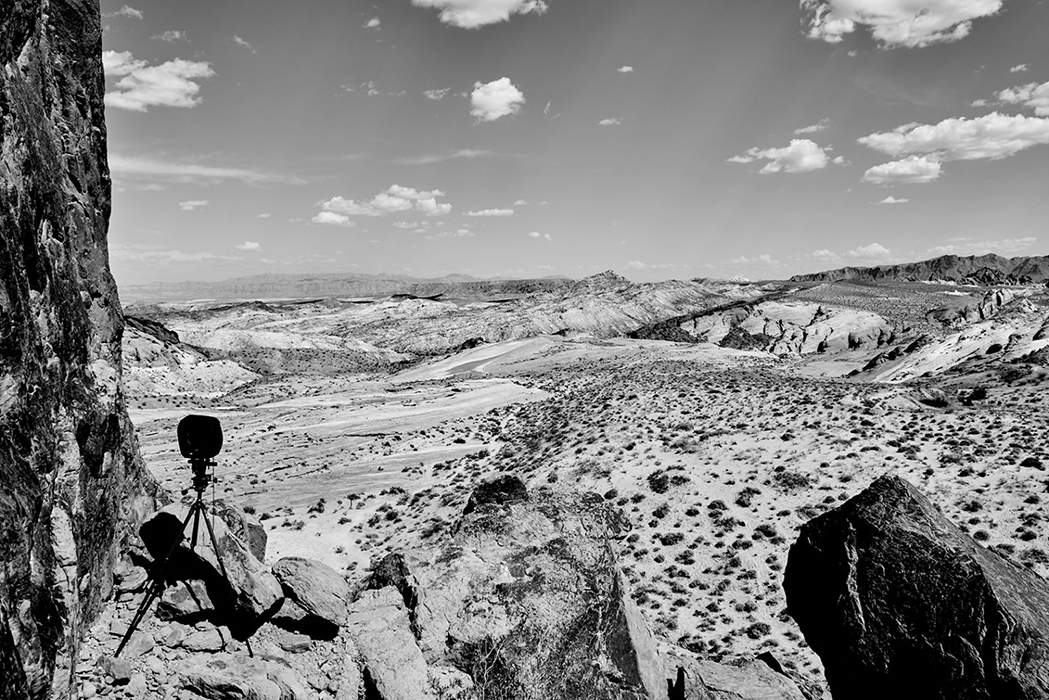 Thomas Schüpping
Thomas Schüpping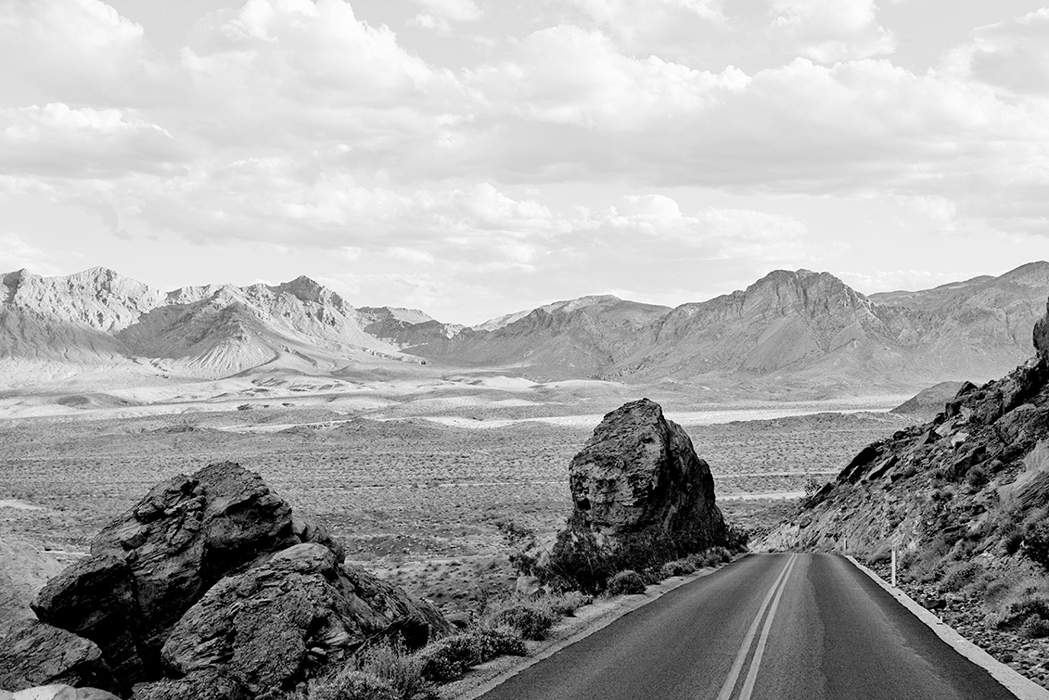 Thomas Schüpping
Thomas Schüpping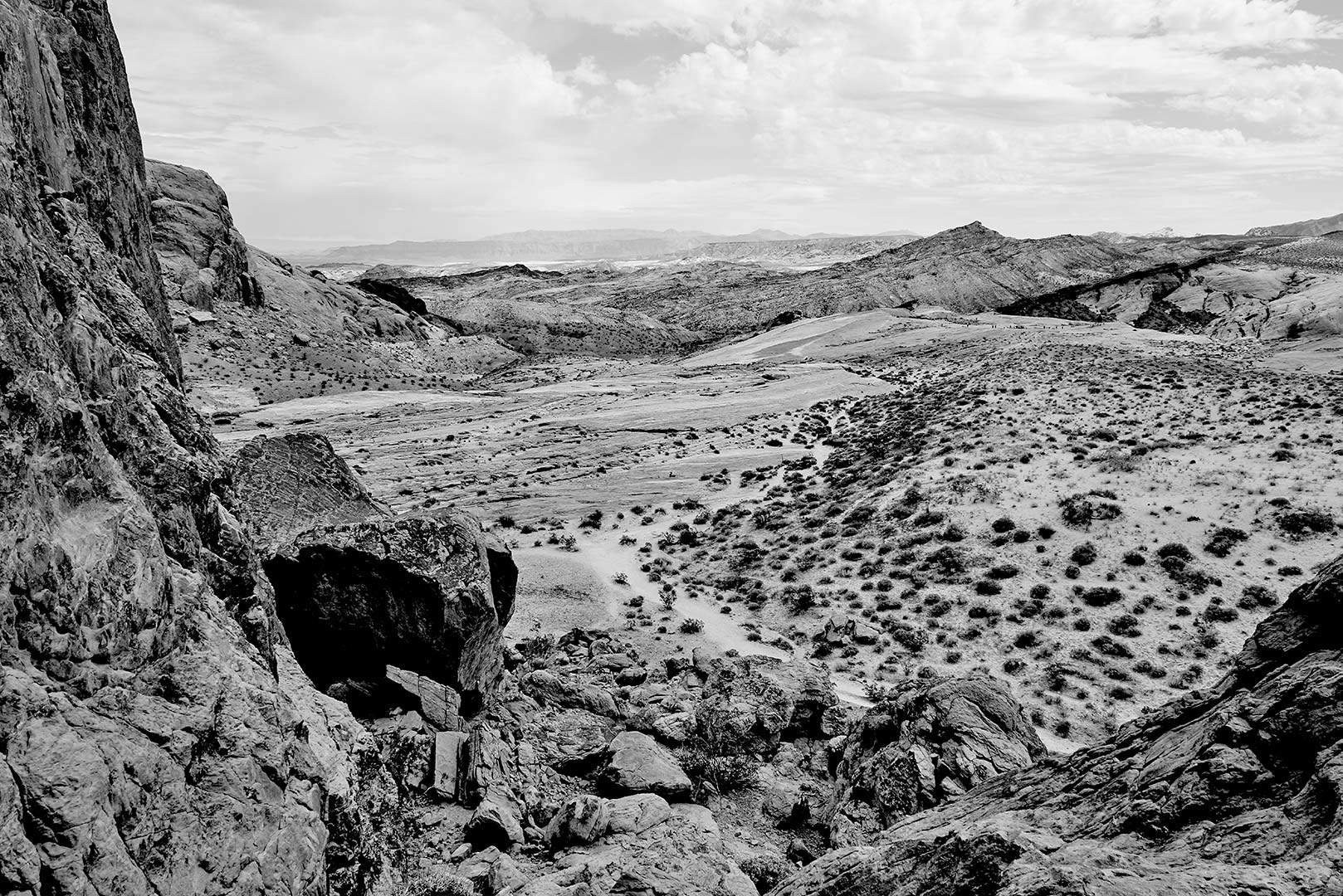 Thomas Schüpping
Thomas SchüppingIn Thomas Schüpping’s photographs there is a very specific correlation between landscape and the human body with all its anthropomorphic elements. Especially, after visiting his latest solo exhibition, at the Weithorn Galerie in Düsseldorf, Thomas Schüpping. American Desert Story, there emerges from his photographs, almost always in black and white and large format, all the energy that the desert landscape exudes. The German photographer, touring in his caravan, prefers, therefore, the documentation of uninhabited, silent and unspoiled places, placing himself in stark contrast to those who prefer to photograph tourist attractions where the presence of man has completely devastated the beauty of the landscape itself. Thomas Schüpping possesses and demonstrates in his photographs an extremely well-established self-awareness of the environments he has been visiting for more than two decades now.
To the desert sites, he has also added rural architecture over the years, capturing images of motels and signage. “Architecture posits its ensembles, houses, villages or towns, monuments or factories, which function as faces in a landscape that it transforms,” French philosophers Gilles Deleuze and Félix Guattari state in Milles Plateaux with reference to the relationship between the human body and the landscape.
The veracity of the “Schönheit” that captures and refers the visitor is given in part by the time factor that continually transforms what the eye observed some time before; in part it is determined by the near-absence of manipulation of the photographs taken by computer. Thomas Schüpping’s is an acute and subtle attention to the aesthetics of the territory without his reflection necessarily becoming political or denouncing the destructive action of man.
Thomas Schüpping, then, takes the concept of “beauty” from his earlier work as a fashion photographer, but transcends it to a pure aesthetic that has its foundations in straight photography, particularly in the work of Paul Strand and Charles Sheeler, artists who were among the first to discover the photographic beauty of the precision camera. The approach to the photographic subject given by this complete immersion in the landscape and the decision to fully experience it for an extended time aboard a caravan certainly owes a debt to the photography of Sebastião Salgado. Just as in the Brazilian photographer, Schüpping paints his photographs with the use of light so that, although almost exclusively in black and white, the different shades of gray manage to render the colors of a landscape that inevitably transforms over time, but whose vital energy always remains indelible.
Warning: the translation into English of the original Italian article was created using automatic tools. We undertake to review all articles, but we do not guarantee the total absence of inaccuracies in the translation due to the program. You can find the original by clicking on the ITA button. If you find any mistake,please contact us.